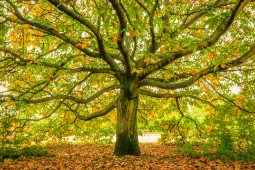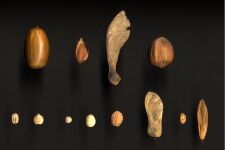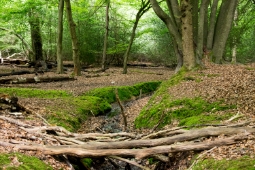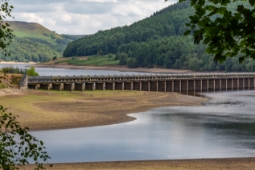Japanese red-cedar (JCR)
Japanese red-cedar is a long-lived species that grows into a large tree – records of 65 m – with straight character and moderately-strong scented wood. Tolerant of a wide range of sites and climates and has been extensively planted in Japan and elsewhere. Although not widely planted in Britain it is increasing in usage as a species for forest diversification.
Japanese red-cedar is categorised as a secondary tree species. These are tree species that have demonstrated positive silvicultural characteristics in trial plots but gaps in knowledge constrain wider use. The species are being actively evaluated to increase understanding and inform future deployment.
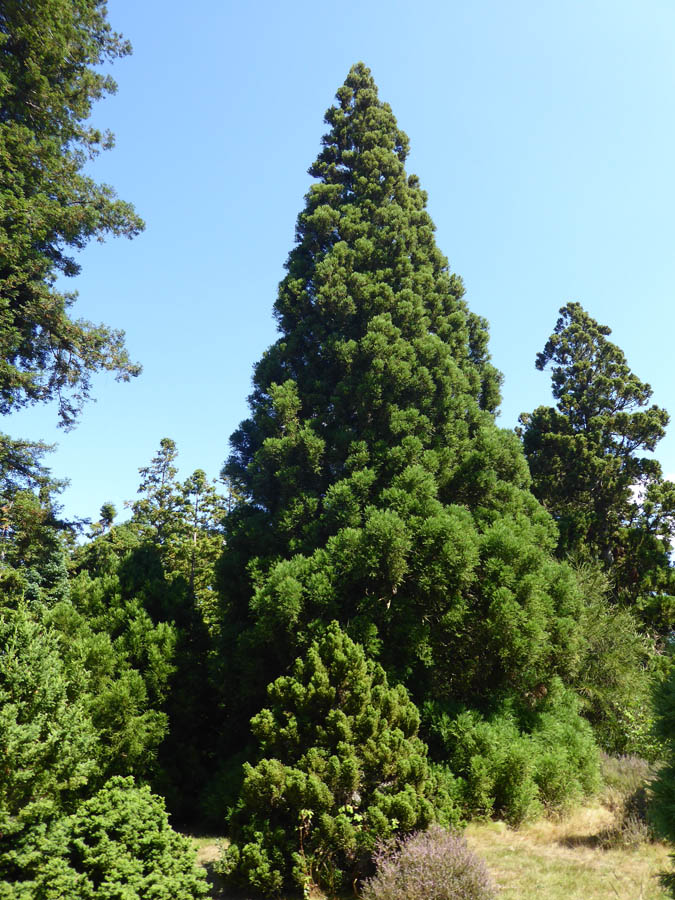
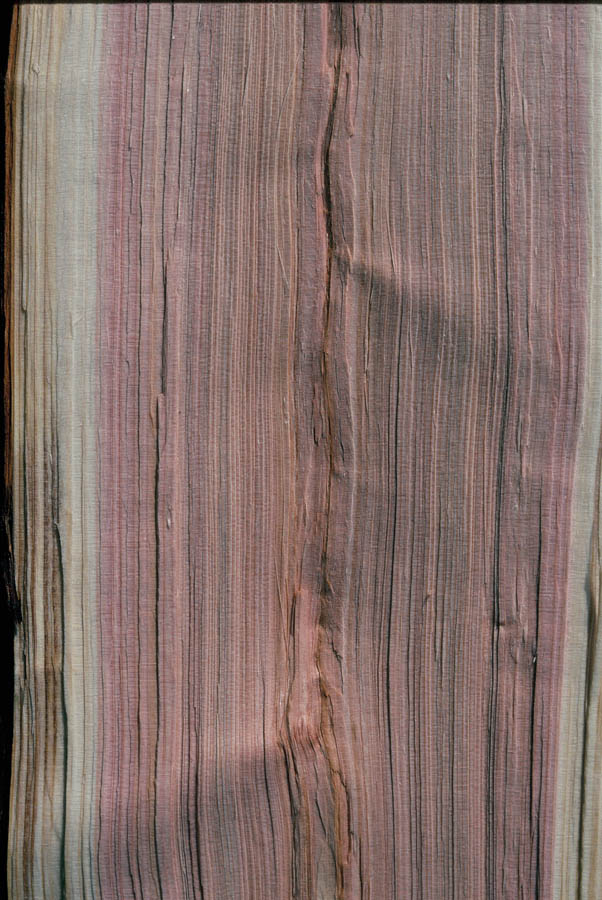

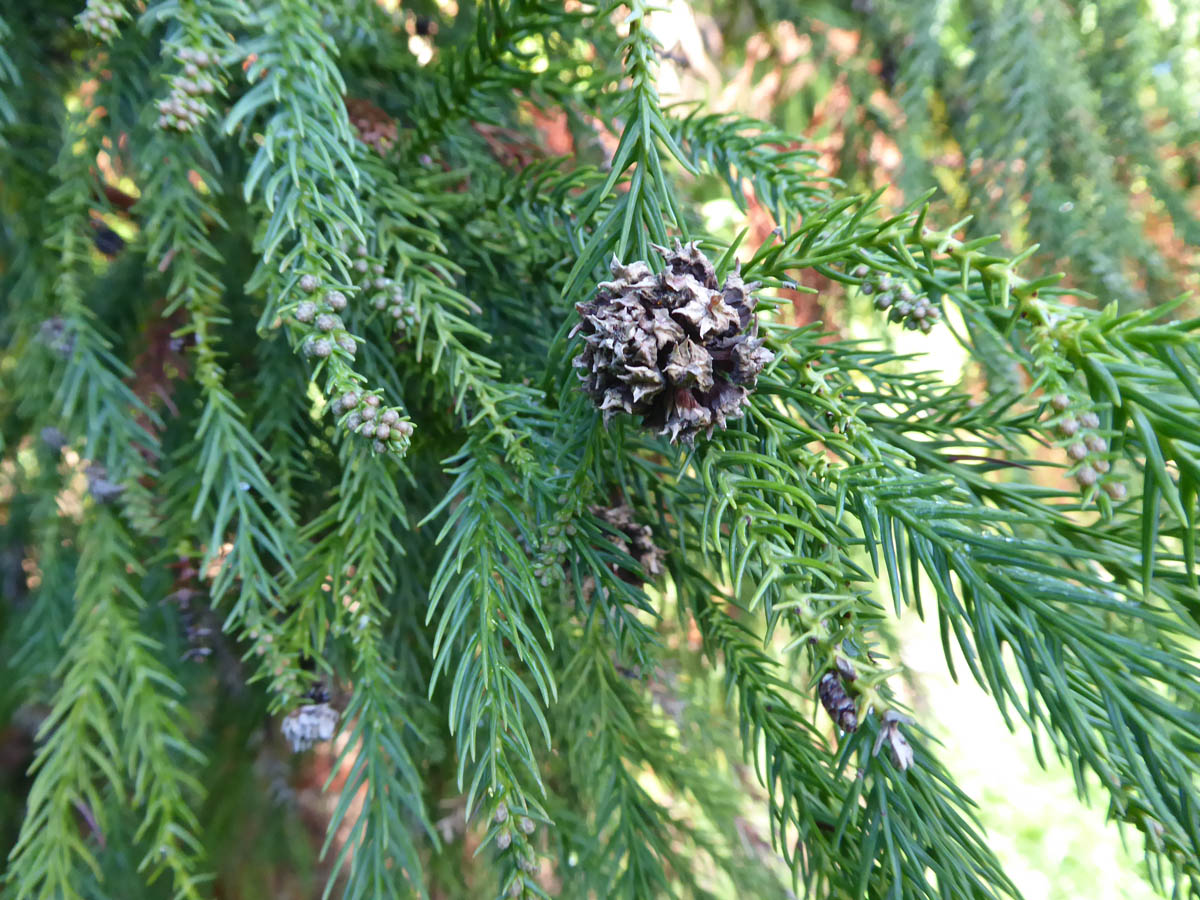
Range
Native to the central and southern islands of Japan where it is a major timber species (Cryptomeria japonica var. japonica). The natural range in Japan is from latitudes 30° N to 40° N; plantations in Japan extend the range from 27° N to nearly 43° N. Also found as a variety in China (var. sinensis) and ranges from Fujian, Jiangxi, Sichuan, Yunnan, and Zhejiang; this variety is relatively unknown outside China.
Provenance Choice
Provenance trials in Britain – although limited – would indicate seed should be selected from mid-latitudes of Honshu 34° N to 38° N. Further work is required to refine provenance choice.
Key Properties
Site Requirements
Japanese red-cedar performs best in a warm maritime climate on deep, well-drained soils of poor to rich nutrient status and slightly dry to moist soil moisture in areas with >1200 mm annual rainfall; however, it has shown decent growth on sites in southern Britain with annual rainfall between 600-900 mm where site conditions are suited. It is not suited to very poor or dry soils, to peats or to alkaline soils.
The need for warm growing conditions means that the best stands are to be found in Wales or south-western England where the species can be a very high-volume producer. Japanese red-cedar does not respond well to exposure.
Further detail on the site requirements of Japanese red-cedar in current and future climates can be examined using the Forest Research Ecological Site Classification Decision Support System (ESC).
ECOLOGICAL SITE CLASSIFICATION TOOL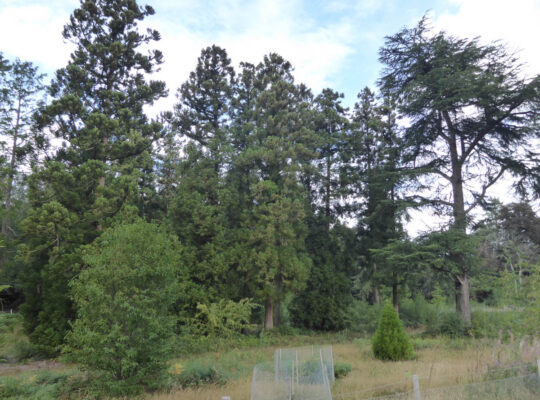
Silviculture
In Japan this is a high-quality timber species, although pruning is an important component of management regimes in Japan. Very shade tolerant and generally intolerant of exposure with crowns that can be liable to snow damage. Fast growing from early years, it is a high-volume producer with a yield class in Britain between 14 and 26 depending on site. This may well improve as the silvicultural requirements and provenance knowledge increases.
Shade tolerance allows the tree to regenerate well where the canopy is dense enough to suppress competing vegetation. The tree can be coppiced and has the ability to layer and spread vegetatively. As a shade-tolerant species sensitive to exposure Japanese red-cedar is best suited to planting in sheltered sites, group planting or underplanting. As part of a continuous cover system Japanese red-cedar could be mixed with other fast-growing shade tolerant conifers e.g., Douglas-fir, western red-cedar, western hemlock and coast redwood. For success an organised thinning regime would likely be required.
Pests and Pathogens
Japanese red-cedar is susceptible to Phytophthora root disease, including P. cinnamomi. It is also considered to be susceptible to Armillaria root rot (honey fungus). Elsewhere, it has been reported to be affected by Juniper blight (Phomopsis juniperovora) which is present in Britain and already widespread on juniper.
See our other tools and resources
Further Resources
Internal
In addition to the general sources of information for species the following are useful for Japanese red-cedar.
External
In addition to the general sources of information for species the following are useful for Japanese red-cedar.
Savill, P. (2015) Cryptomeria japonica (Thunb. Ex L.f.) D. Don Japanese red-cedar, or Sugi – Silviculture and properties. QJF, 109(2):97-102.
Wilson, Scott McG. (2011) Using alternative conifers for productive forestry in Scotland. Forestry Commission Scotland, Edinburgh.

